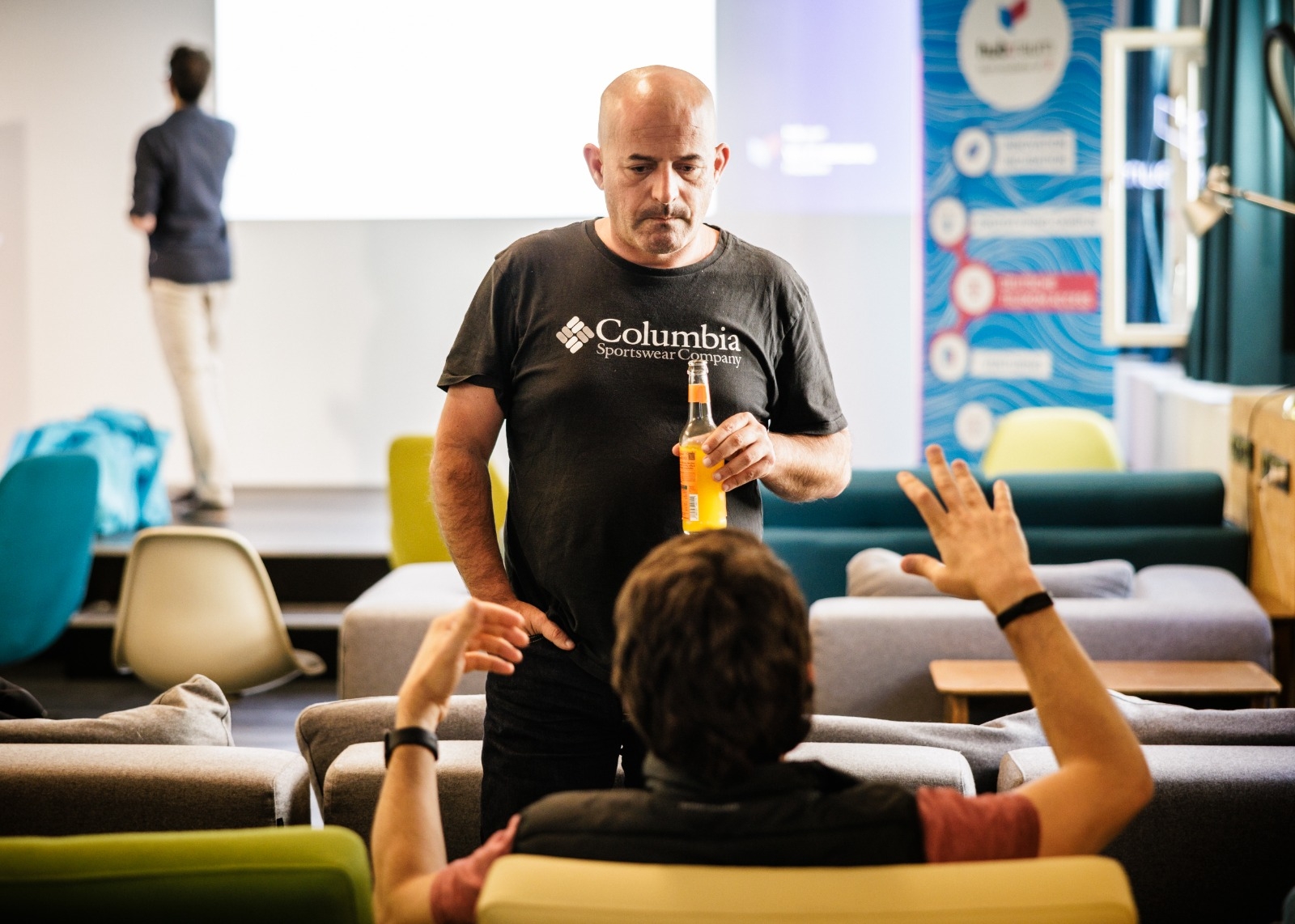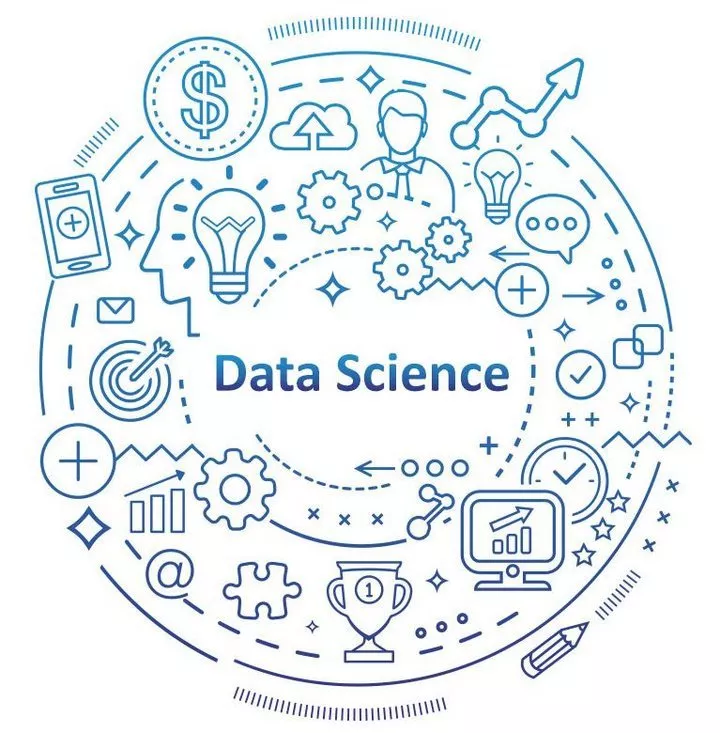Ethical Considerations in AI-Powered Elderly Care
As AI revolutionizes elderly care, ethical concerns around privacy, autonomy, and consent come into focus. This article explores how to balance technological advancements with the dignity and personal preferences of elderly individuals.








